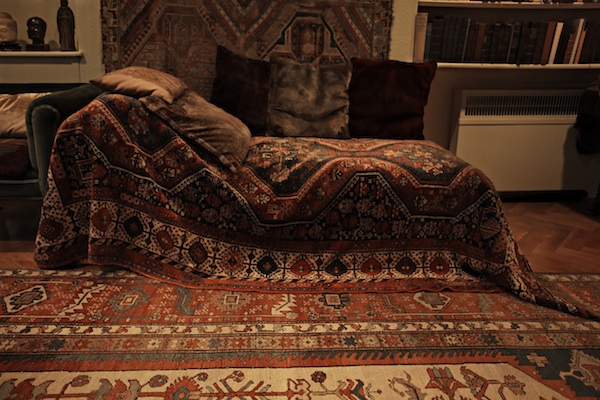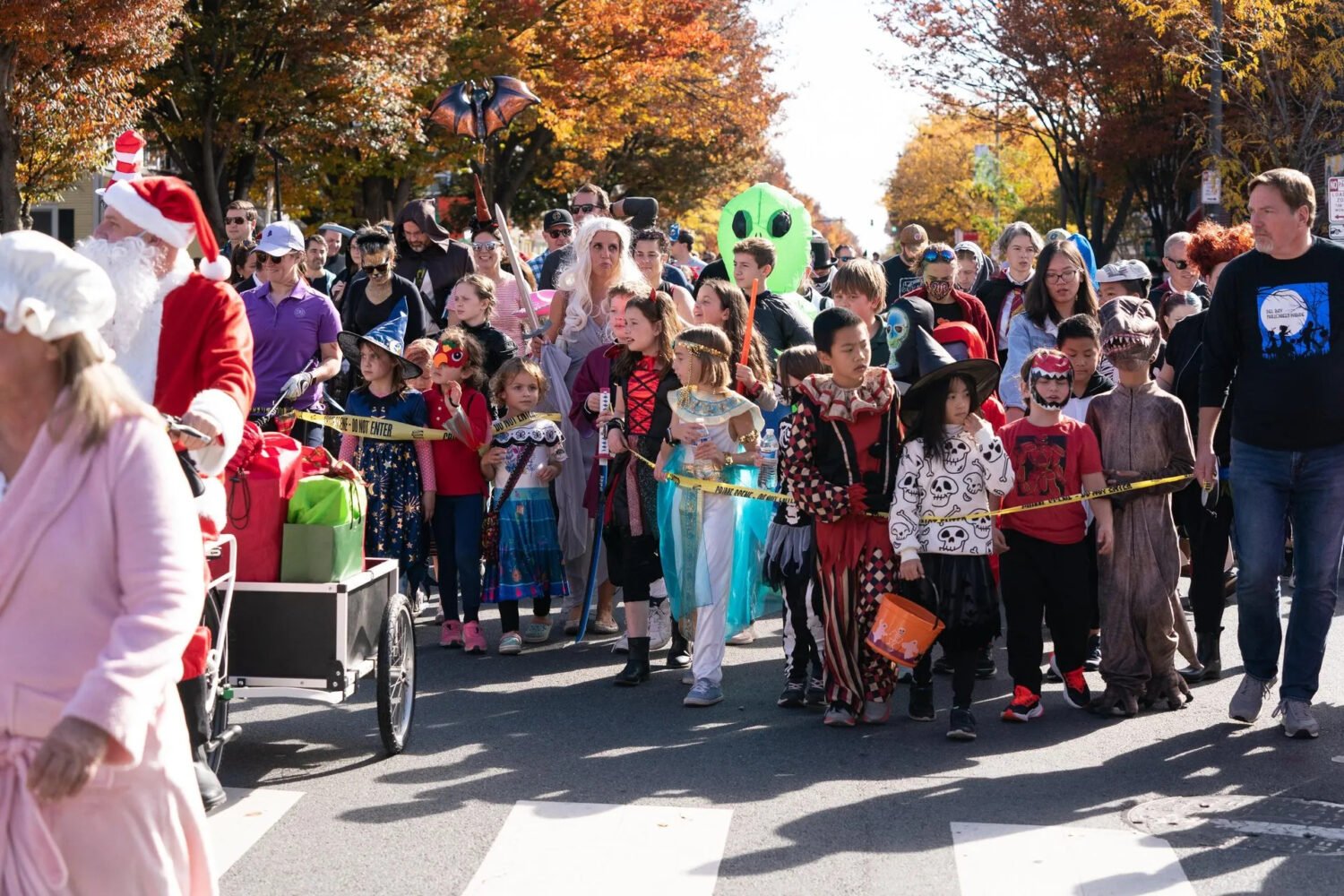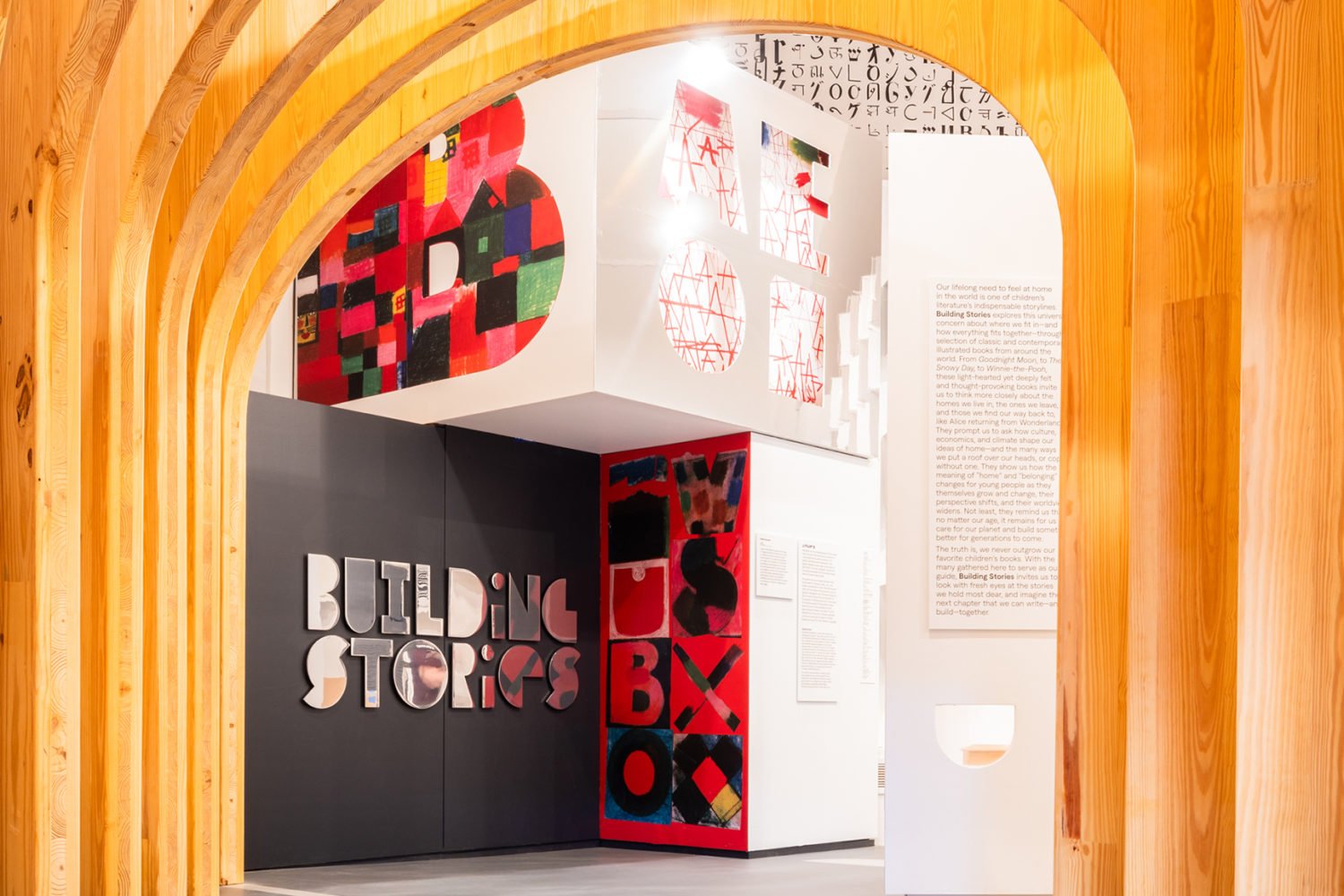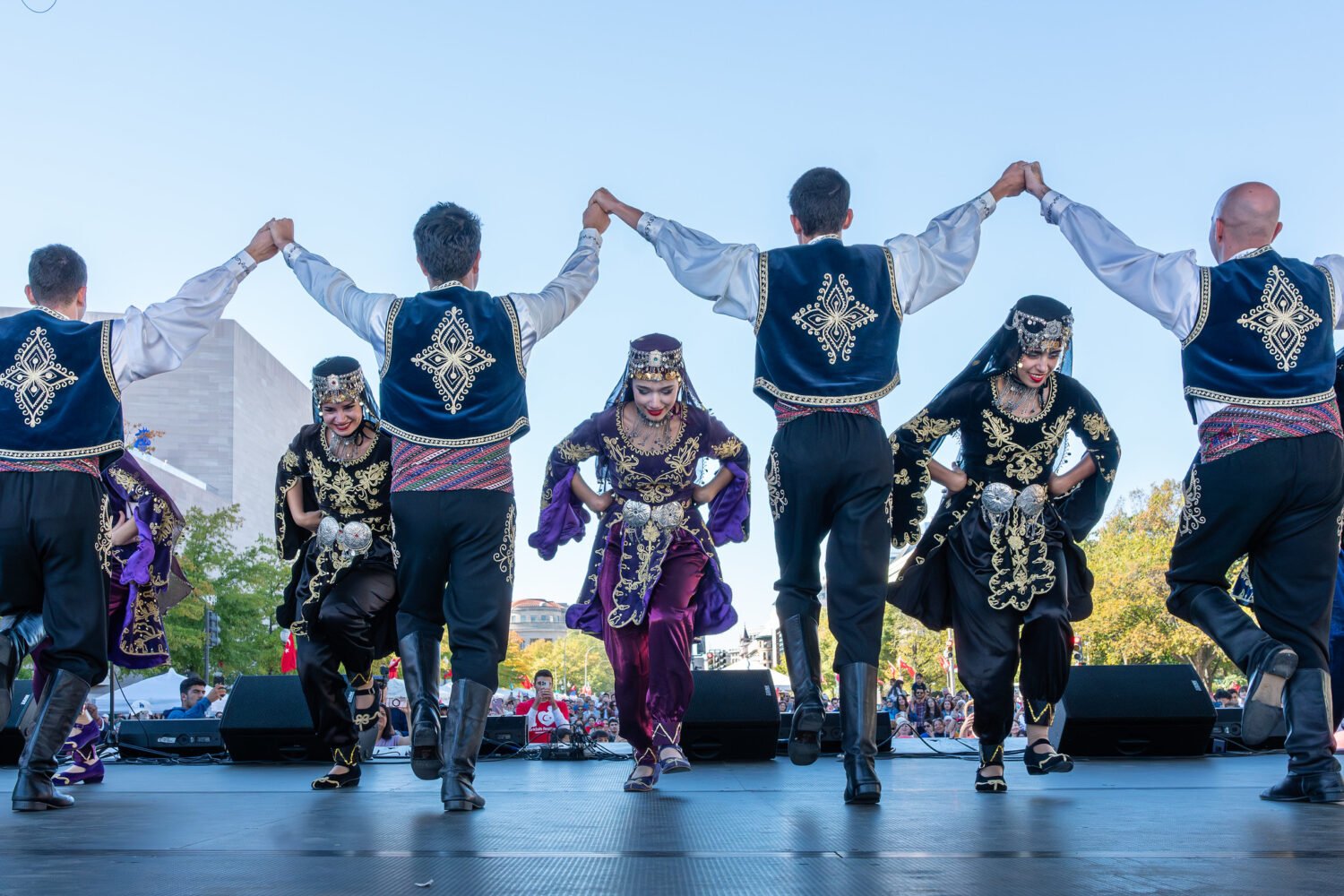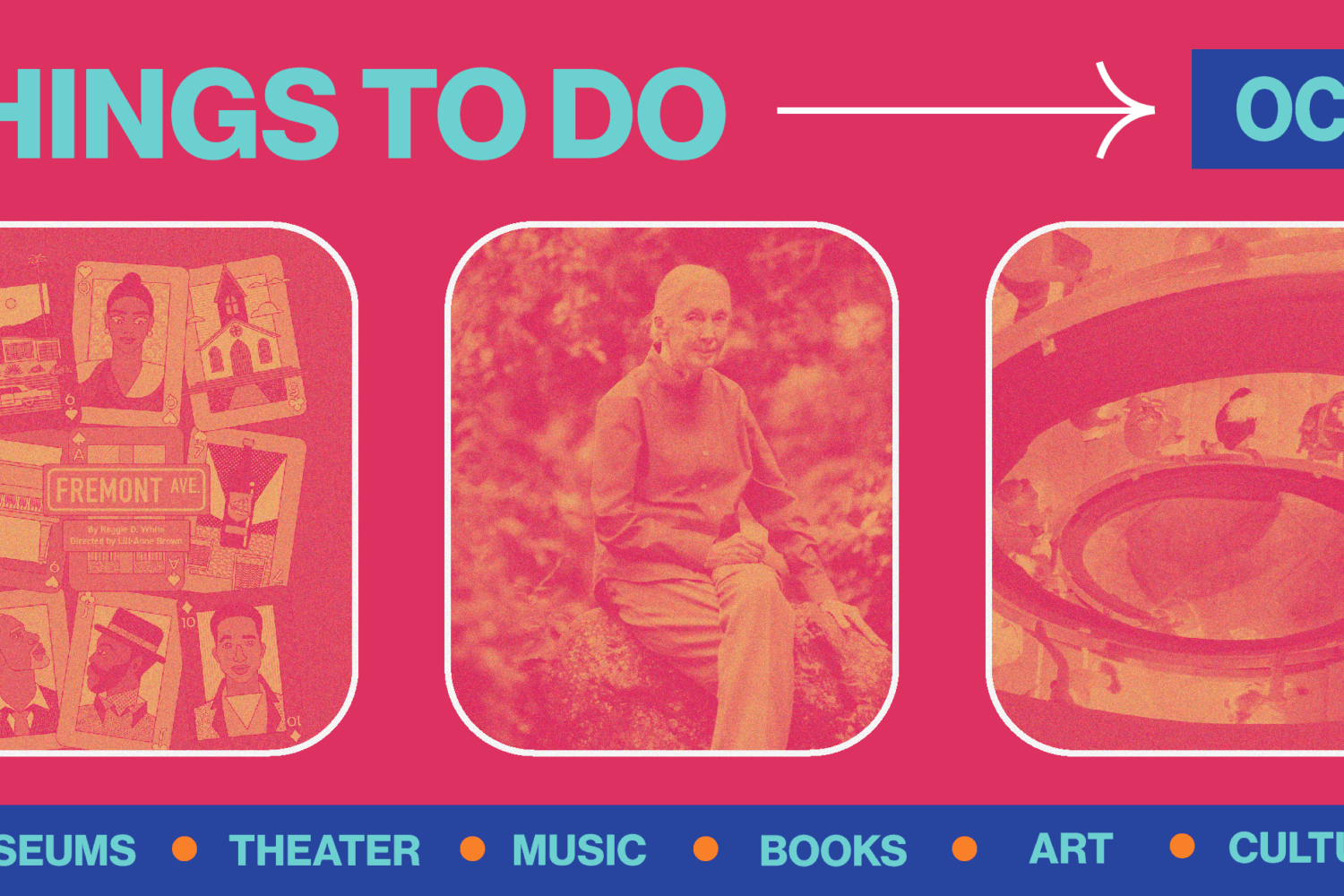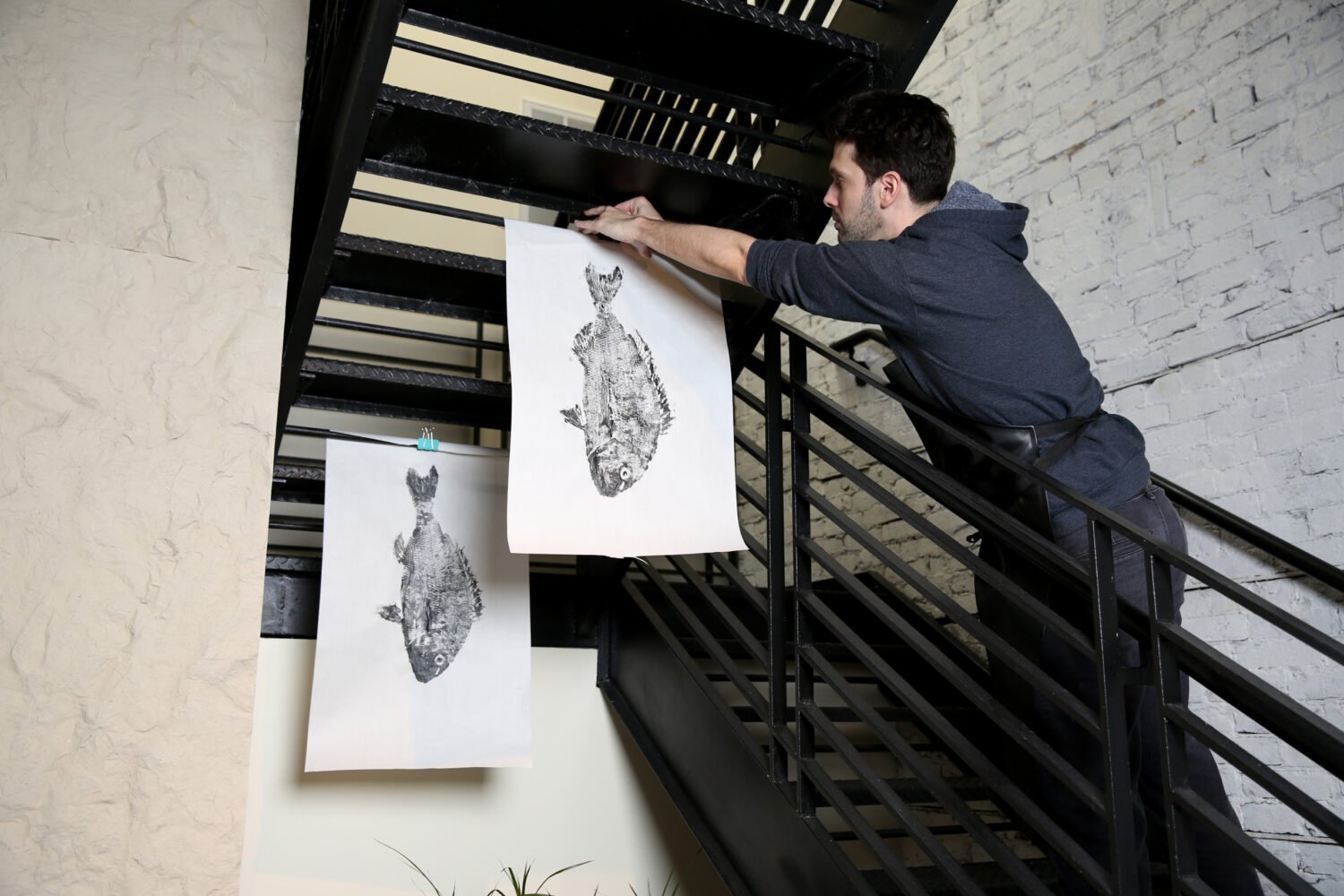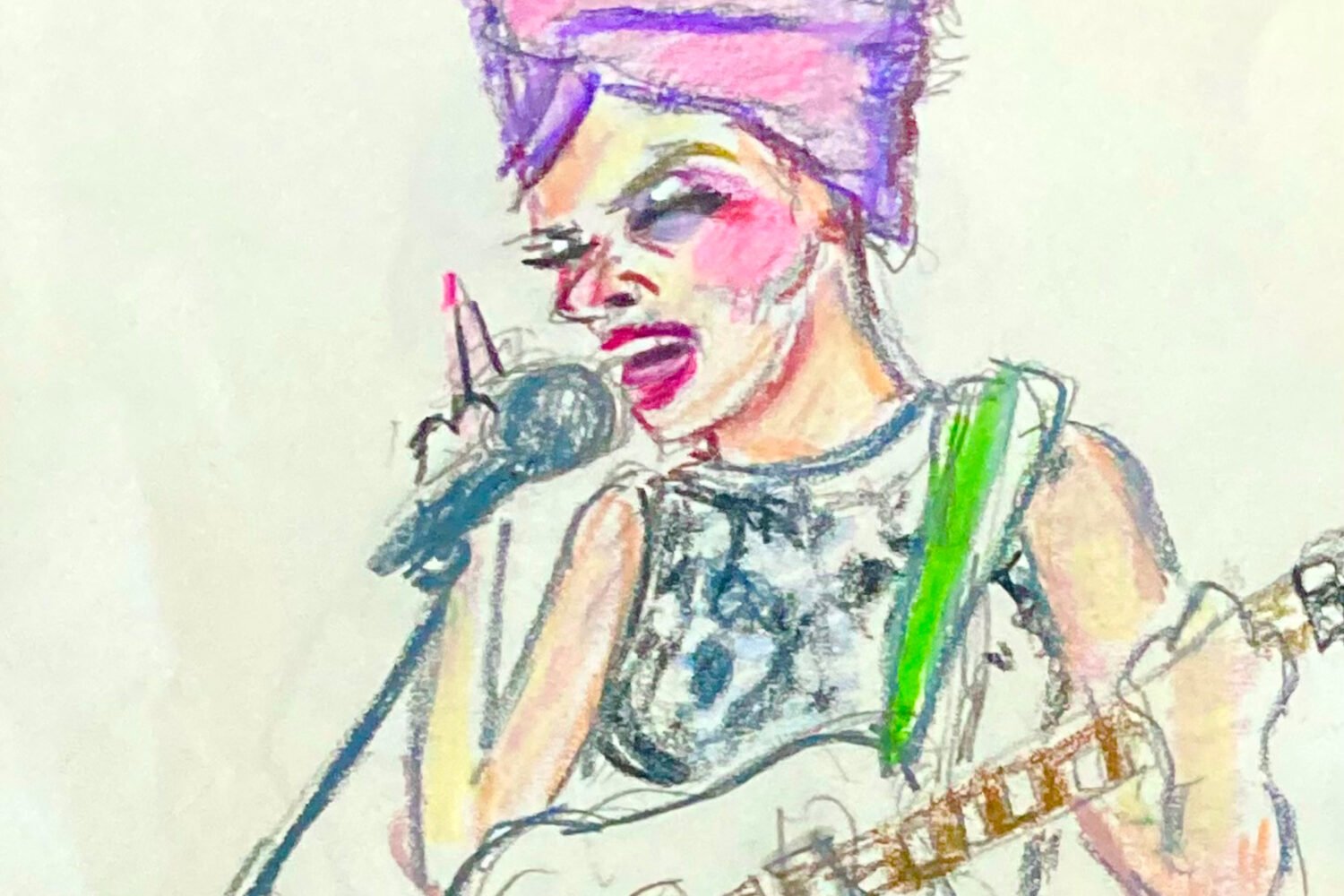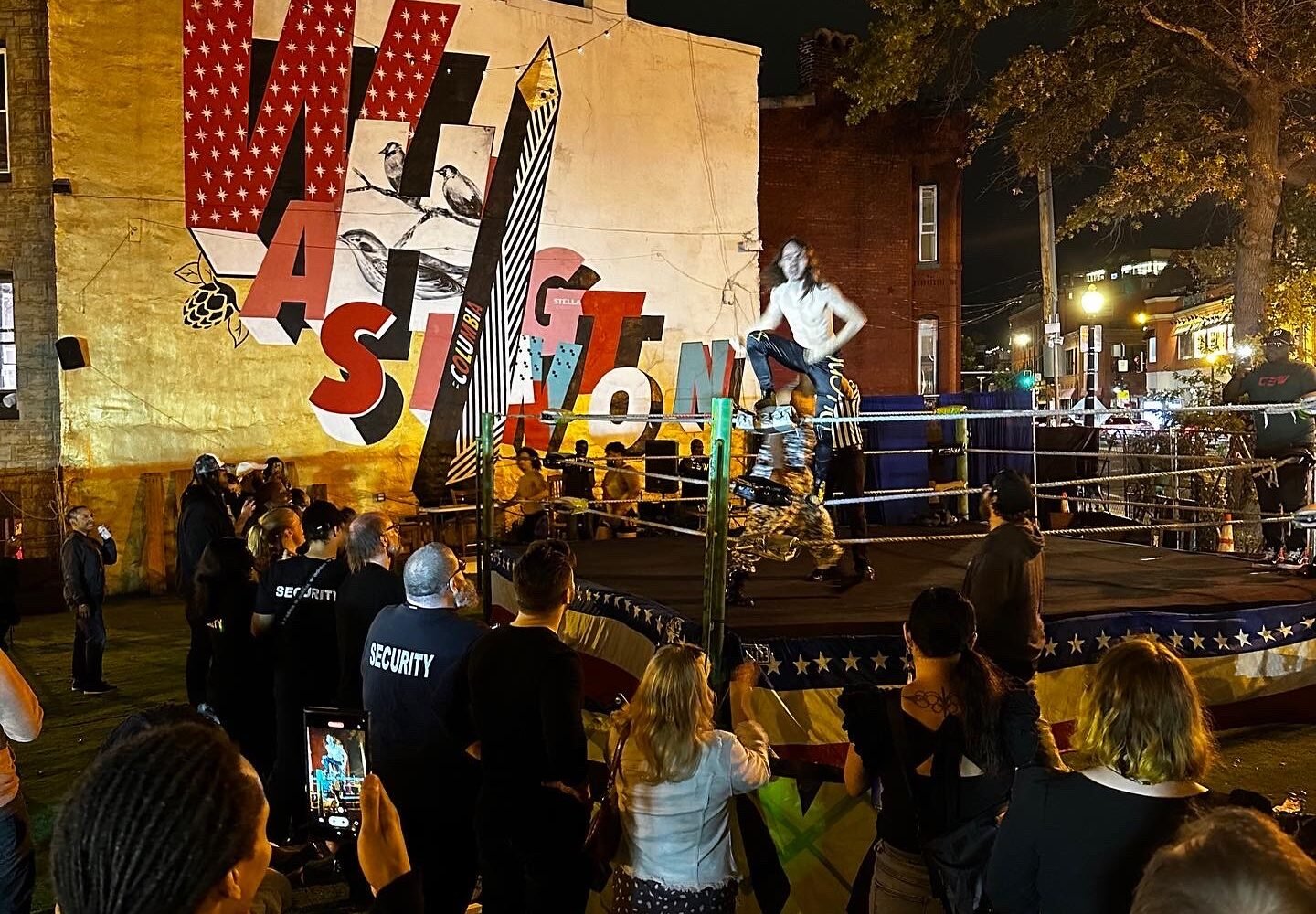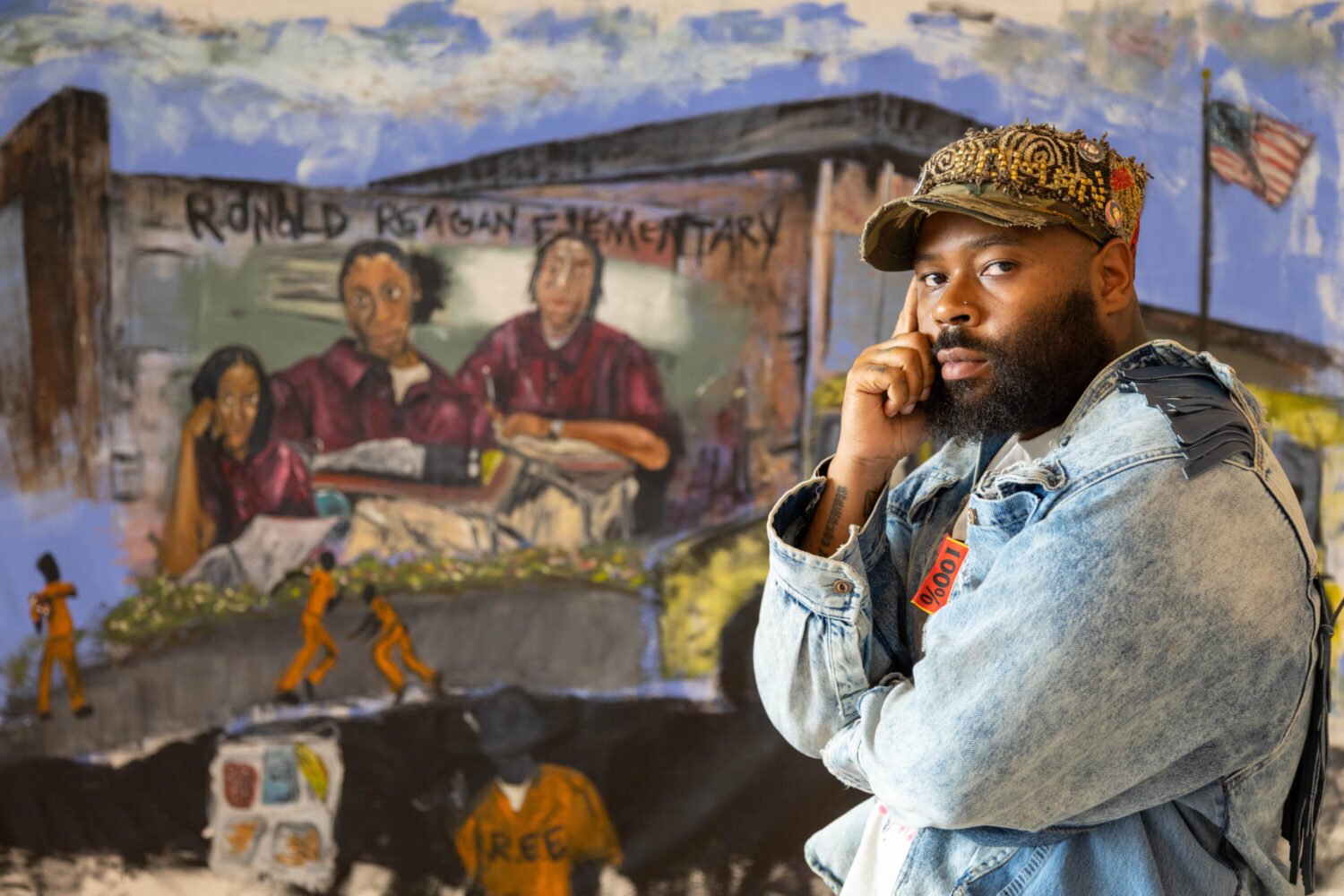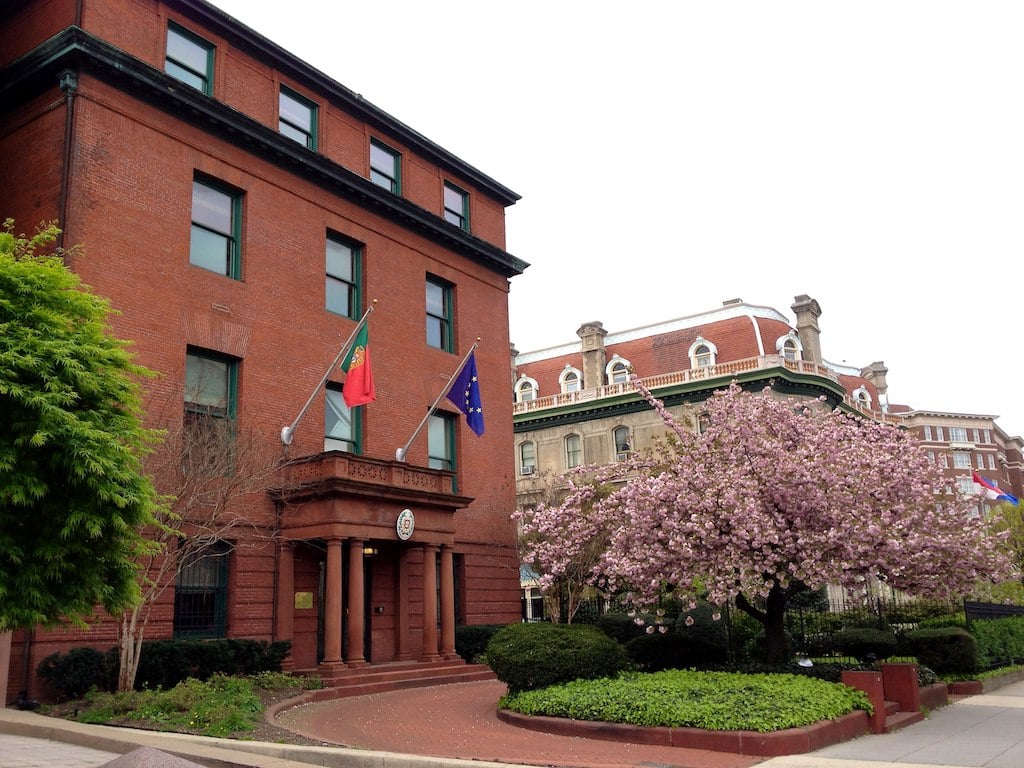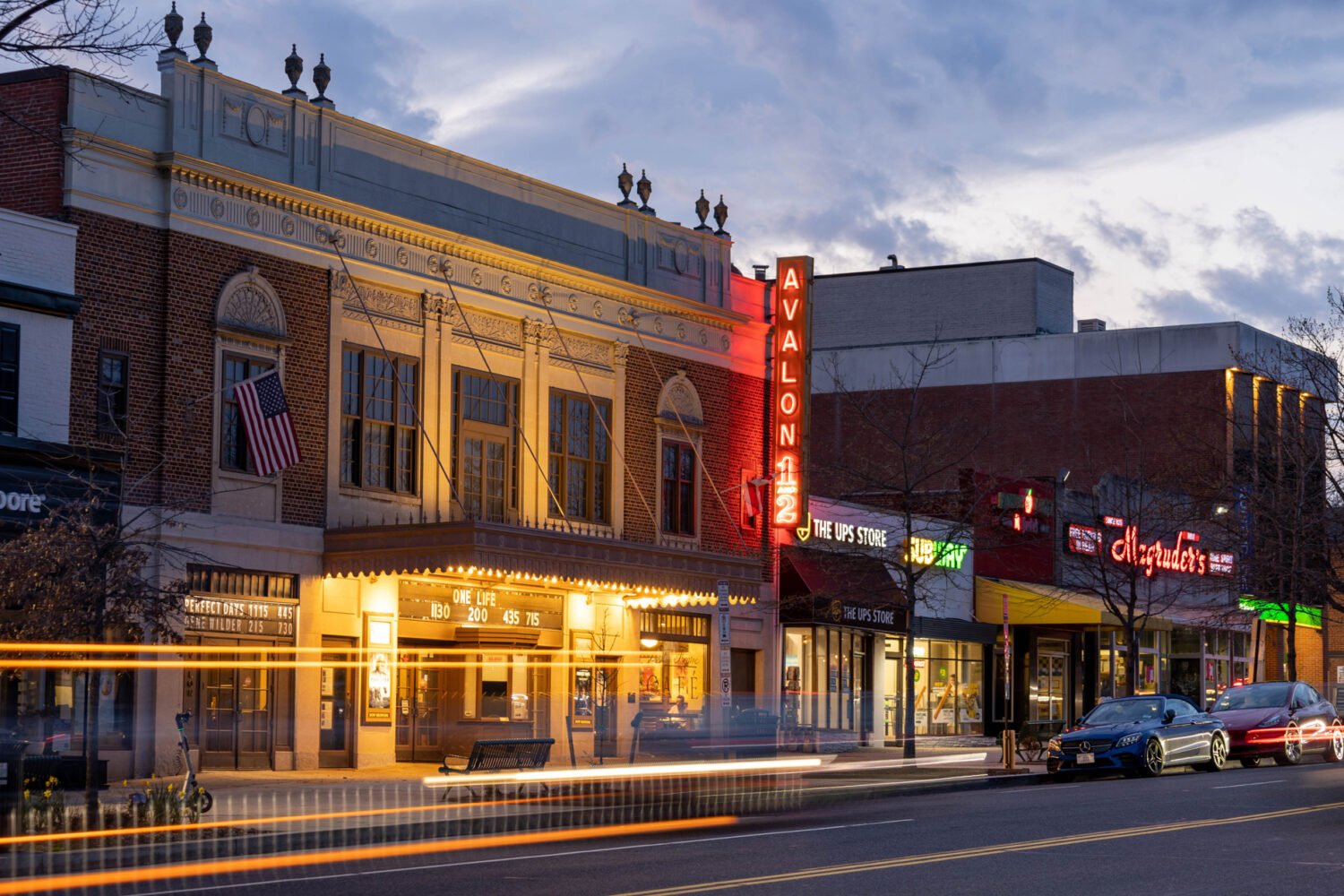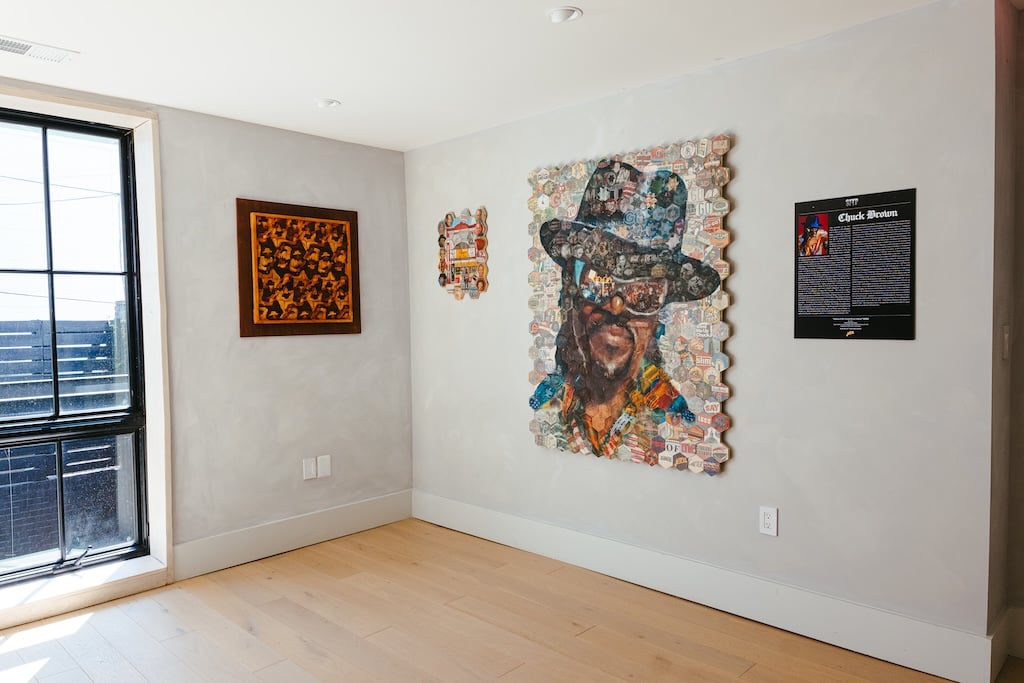Sigmund Freud’s reclining couch, one of the photographs featured in “Annie Leibovitz: Pilgrimage.” Photograph by Annie Leibovitz.
For Annie Leibovitz, putting icons front and center is nothing new. The Vanity Fair contributing photographer and longtime Rolling Stone staffer is renowned for her iconic shots of celebrities—from John Lennon cradling Yoko Ono to a naked, pregnant Demi Moore to infamous teen star Miley Cyrus with a sheet draped provocatively over her bare back. The prestige of a Leibovitz portrait signifies the following: that the subject is either famous, beautiful, powerful, or all three combined.
There are no people visible in “Annie Leibovitz: Pilgrimage,” opening today at the Smithsonian American Art Museum, but the photographer’s fascination with icons continues. In this case, they’re historical ones. Over the course of about two years, Leibovitz traveled across America and to Europe in search of some of her own heroes: Ansel Adams, Virginia Woolf, Georgia O’Keeffe, Elvis Presley, Eleanor Roosevelt—even Sigmund Freud. She photographed their homes and studios, as well as places she felt might evoke their spirit: Sante Fe for O’Keeffe, Yosemite for Adams, and Niagara Falls, which was presumably just for Leibovitz herself.
The photographs were compiled into a book which came out late last year, but 70 are also on display here in three small rooms on the museum’s second floor. Like the book, there’s no distinct order or method to the placement, so what you see is what you get. And what you get is a moody, surprisingly ghostly collection of Americana, from the television Elvis Presley shot out in a fit of pique to the gloves and hat Abraham Lincoln wore the night he was assassinated.
It’s a veritable cabinet of wonders. Like any collector, Leibovitz’s tastes are eccentric and idiosyncratic, but the show says less about her personally than you might imagine. The inspiration for “Pilgrimage” came after her partner, Susan Sontag, died, and during a period when Leibovitz’s finances were thrown into disarray, which gives the photographs a sense of quiet loneliness, but also a great clarity and focus. Far less polished and staged than her magazine work (Leibovitz referred to “Pilgrimage” in this Washingtonian interview as a “notebook”), they nevertheless keep the artist mostly out of the frame, making her more of a curator than a distinct artistic presence.
Still, Leibovitz’s eye for a shot remains laser sharp, helping her zoom in on the things that are most representative of their owners. In London, she photographed Sigmund Freud’s reclining couch, draped in a Persian rug, as well as his collection of books on sex and psyche by Havelock Ellis. She shot Marian Anderson’s concert gown in segments, piecing the photographs together into one fragmented whole. And she shot Virginia Woolf’s writing desk from above, capturing the dirty, spotted messiness of a troubled talent in one clear frame.
The show could benefit from more space—the images are smaller than might be expected, and bunched fairly close together, giving a viewer less space to really gaze at them. But for a personal project, it has a solemn, almost spiritual feel. The ghosts are still present, Leibovitz seems to suggest, if we just stop for a moment to look for them.
“Annie Leibovitz: Pilgrimage” is at the American Art Museum January 20 through May 20. Find more information on the museum’s website.

